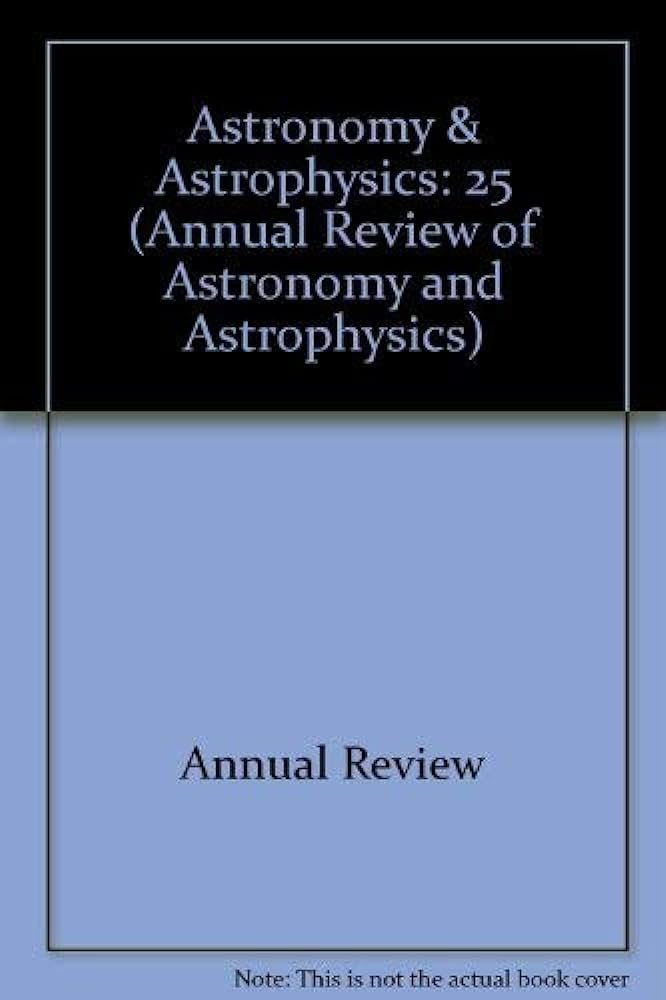Star Clusters Across Cosmic Time
IF 32.5
1区 物理与天体物理
Q1 ASTRONOMY & ASTROPHYSICS
Annual Review of Astronomy and Astrophysics
Pub Date : 2018-12-04
DOI:10.1146/annurev-astro-091918-104430
引用次数: 234
Abstract
Star clusters stand at the intersection of much of modern astrophysics: the ISM, gravitational dynamics, stellar evolution, and cosmology. Here, we review observations and theoretical models for the formation, evolution, and eventual disruption of star clusters. Current literature suggests a picture of this life cycle including the following several phases: ▪ Clusters form in hierarchically structured, accreting molecular clouds that convert gas into stars at a low rate per dynamical time until feedback disperses the gas. ▪ The densest parts of the hierarchy resist gas removal long enough to reach high star-formation efficiency, becoming dynamically relaxed and well mixed. These remain bound after gas removal. ▪ In the first ∼100 Myr after gas removal, clusters disperse moderately fast, through a combination of mass loss and tidal shocks by dense molecular structures in the star-forming environment. ▪ After ∼100 Myr, clusters lose mass via two-body relaxation and shocks by giant molecular clouds, processes that preferentially affect low-mass clusters and cause a turnover in the cluster mass function to appear on ∼1–10-Gyr timescales. ▪ Even after dispersal, some clusters remain coherent and thus detectable in chemical or action space for multiple galactic orbits. In the next decade, a new generation of space– and adaptive optics–assisted ground-based telescopes will enable us to test and refine this picture.跨越宇宙时间的星团
星团是现代天体物理学的交叉点:ISM、引力动力学、恒星演化和宇宙学。在这里,我们回顾了星团形成、演化和最终破坏的观测结果和理论模型。目前的文献表明,这种生命周期包括以下几个阶段:▪ 星团形成于分层结构的吸积分子云中,在每个动力学时间内以较低的速率将气体转化为恒星,直到反馈将气体分散。▪ 层次结构中最密集的部分抵抗气体去除的时间足够长,从而达到高恒星形成效率,变得动态松弛并混合良好。气体去除后,这些物质仍然结合在一起。▪ 在气体去除后的第一个~100 Myr内,星团通过恒星形成环境中致密分子结构的质量损失和潮汐冲击的组合,以适度快的速度分散。▪ 在~100 Myr之后,团簇通过两体弛豫和巨大分子云的冲击而失去质量,这一过程优先影响低质量团簇,并导致团簇质量函数的翻转出现在~1–10 Gyr的时间尺度上。▪ 即使在扩散之后,一些星团仍然是相干的,因此在多个星系轨道的化学或作用空间中是可以检测到的。在接下来的十年里,新一代太空和自适应光学辅助的地面望远镜将使我们能够测试和完善这张照片。
本文章由计算机程序翻译,如有差异,请以英文原文为准。
求助全文
约1分钟内获得全文
求助全文
来源期刊

Annual Review of Astronomy and Astrophysics
地学天文-天文与天体物理
CiteScore
54.80
自引率
0.60%
发文量
14
期刊介绍:
The Annual Review of Astronomy and Astrophysics is covers significant developments in the field of astronomy and astrophysics including:The Sun,Solar system and extrasolar planets,Stars,Interstellar medium,Galaxy and galaxies,Active galactic nuclei,Cosmology,Instrumentation and techniques,
History of the development of new areas of research.
 求助内容:
求助内容: 应助结果提醒方式:
应助结果提醒方式:


